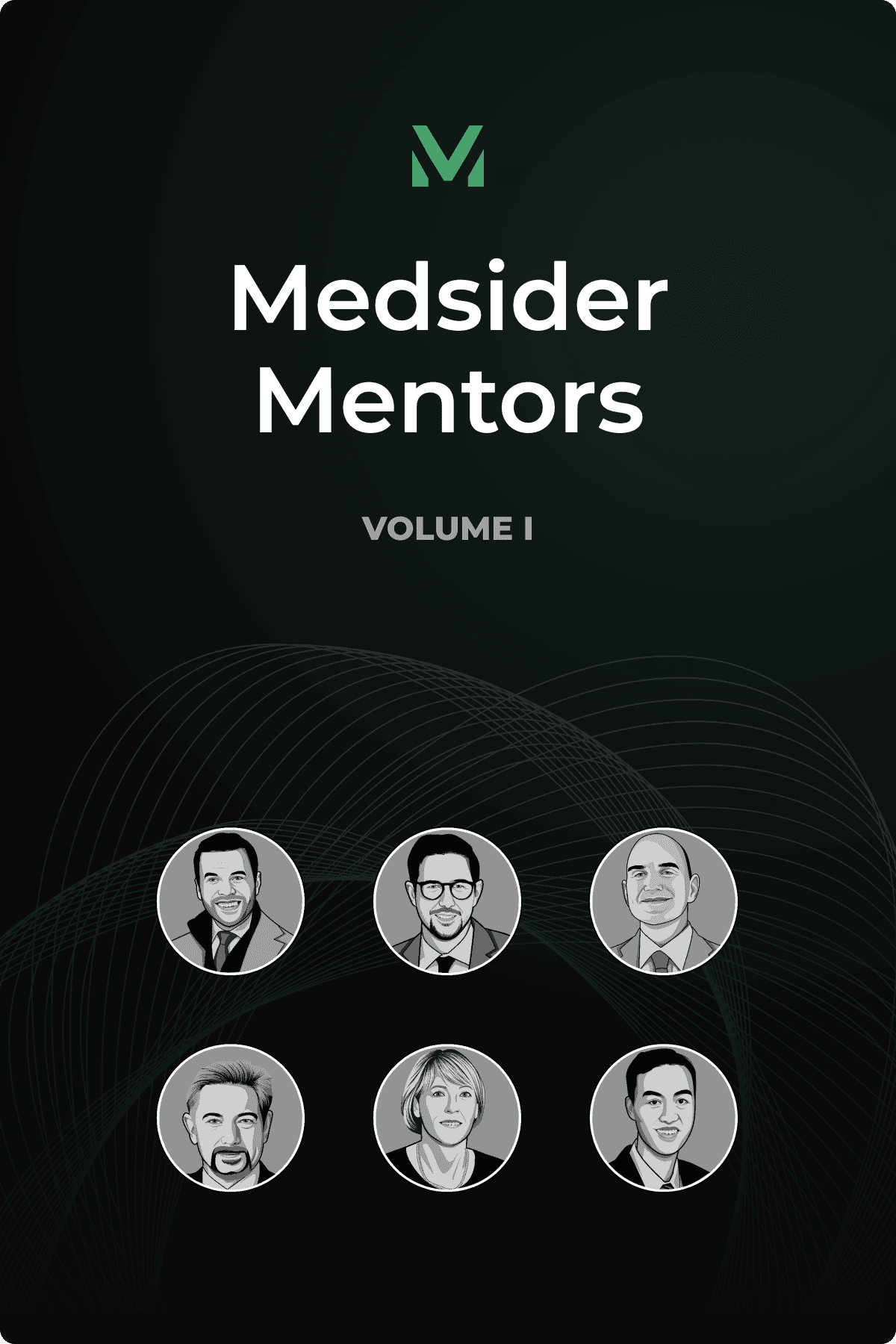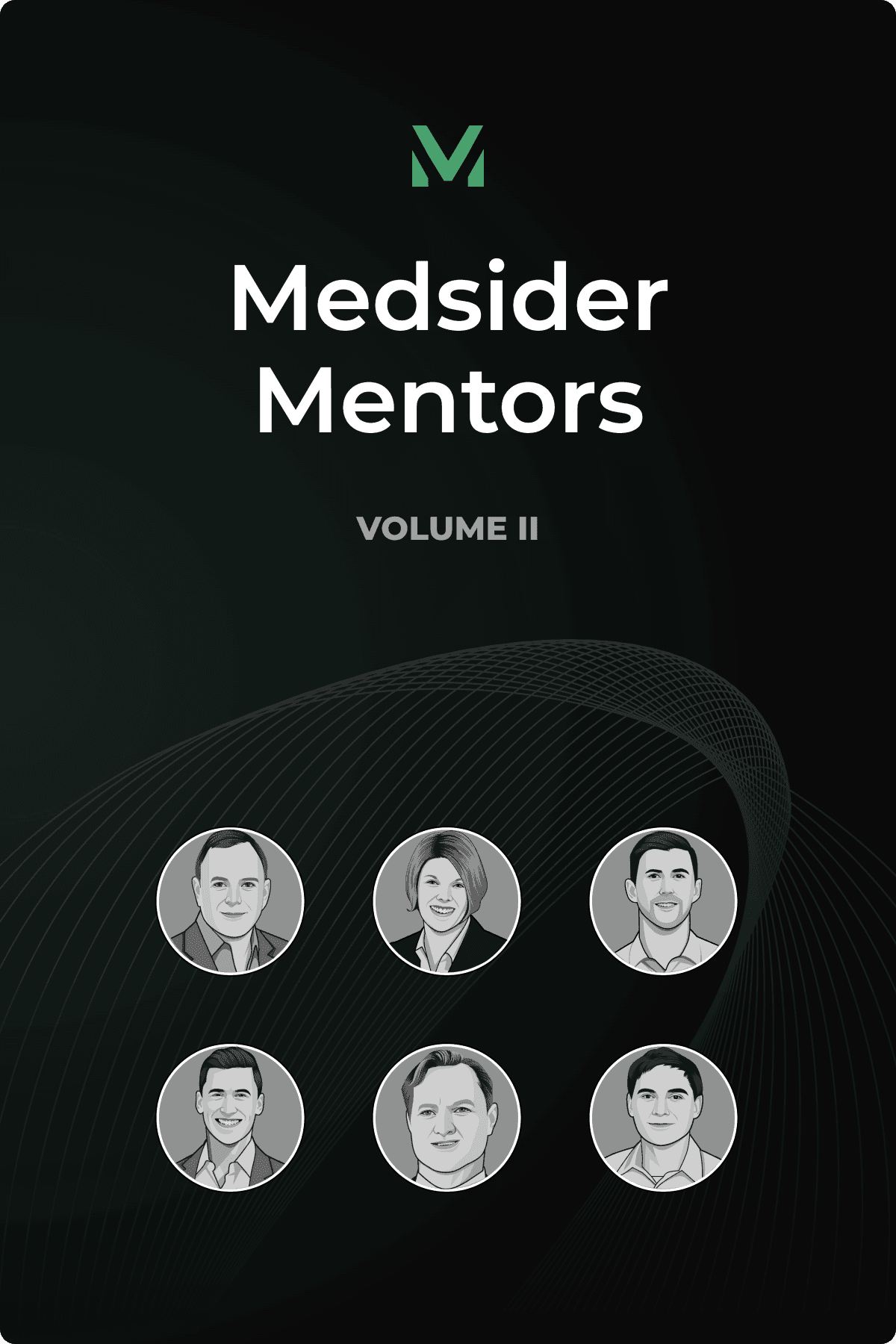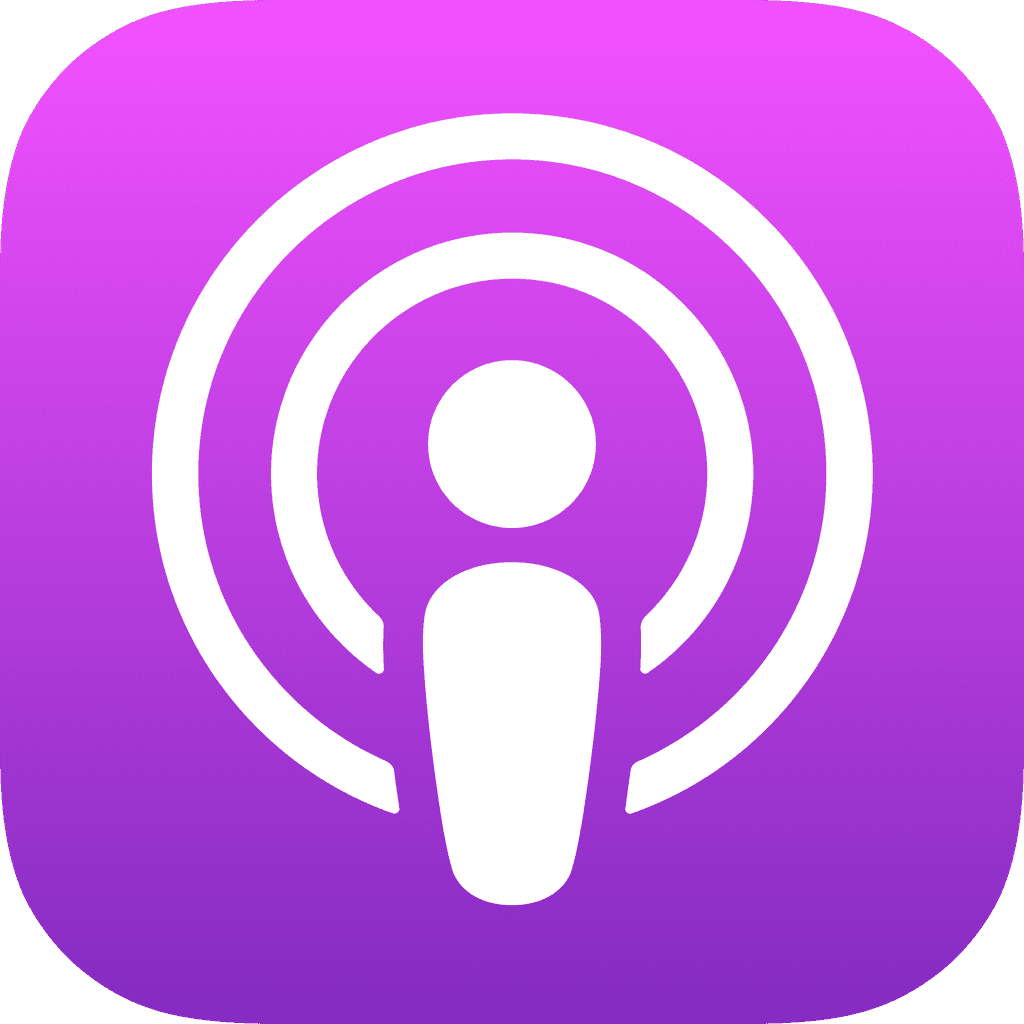The Biggest Mistakes to Avoid When Designing Medical Device Prototypes
Interview with Mike Wallace, CEO of DeVoro Medical

We recently caught up with medtech start-up extraordinaire, Mike Wallace, who shares his insights and experiences with the Medsider community. Mike is the co-founder and CEO of DeVoro Medical, an early-stage medical device company focused on developing innovative devices for peripheral thrombectomy.
Mike says the initial idea or concept for a medtech company is just 5% of the journey. Medsider is all about shining light on that other 95%!
In this conversation with Mike, he’ll give tips to newcomers, including some mistakes entrepreneurs often make in the early stages of their companies. Mike explains how you can pivot when an idea doesn’t pan out, and he’ll give his expertise on seed-stage fundraising as well as navigating the regulatory waters. Plus, more on his current work with DeVoro, including how he started working on problems related to peripheral thrombectomy.But first, a bit more on Mike’s medtech background:
Prior to co-founding DeVoro Medical, Mike served as Chief Technical Officer and VP of Operations for Silk Road Medical. Mike has spent most of his professional career working for medical device start-ups, some of which include Target Therapeutics (acquired by Boston Scientific), BARRX Medical (acquired by Covidien), and Baxano (acquired by Trans1). In addition, Mike has co-founded and exited three other start-ups: TW Medical and GW Medical Neuro (both acquired by Stryker Corp) and CardioProlific (acquired by Philips).
Mike graduated with a B.S. in Mechanical Engineering from the University of Delaware, holds a M.S. in Mechanical Engineering from the University of California, Davis, and is the co-inventor or primary inventor on over 130 issued U.S. patents.
You May Like These Articles
Medsider Premium
Become a premium member and unlock access to exclusive Medsider benefits.



